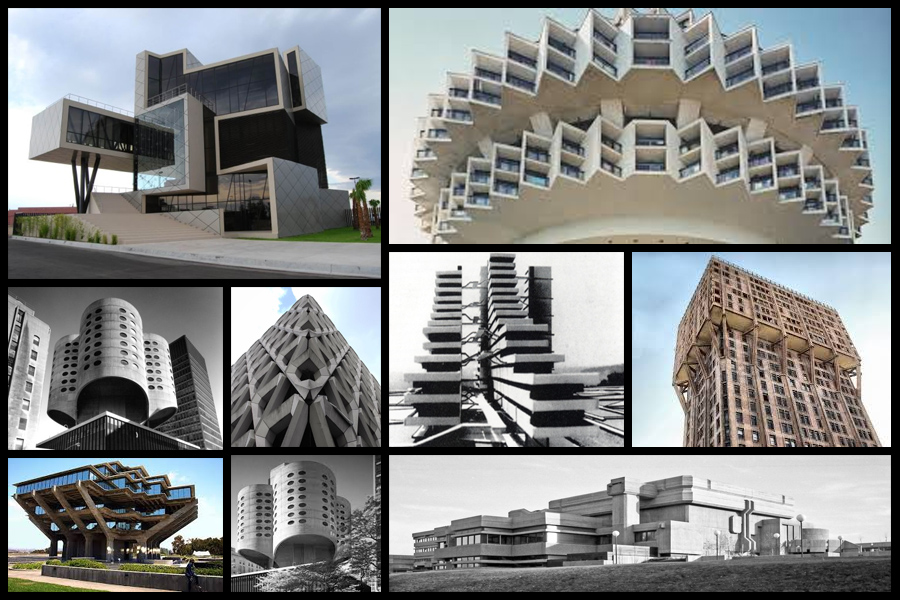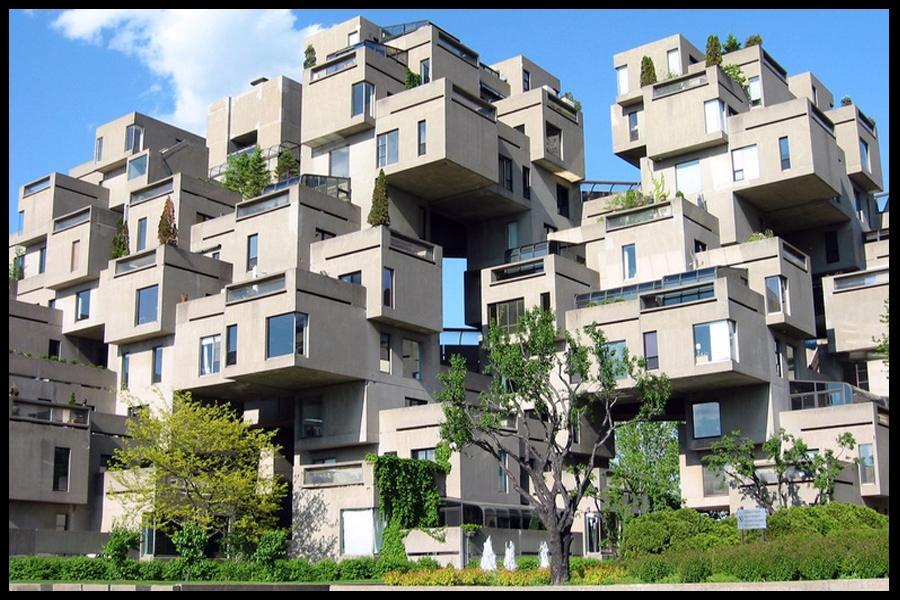What is brutalist architecture photography?
Brutalist architecture started in the early 1950s, the term brutalism refers to its dynamic geometric like appearance seen as massive, monolithic and blocky. The style itself was popular until the mid 1970s and was first introduced by Le Corbusier an architect, designer, urbanist, writer and painter who liked design in its simplest form. Interest arose around the concept when his street building in Chandigarh, India which was long, with horizontal concrete slabs forming composed six eight story blocks that are separated by expansion joints.
Originally the term ‘brutalist’ was used by Le Corbusier to describe his own work, but was later coined by British architects Alison and Peter Smithson, leading to the eventual use of the now common term when Reyner Banham used it in his book ‘New Brutalism’. Brutalism has been criticized for its uncommunicative and ugly style, but also has been attacked for ignoring historic architecture as well as lacking empathy for its surrounding environment. However, Banham says through his book that the qualities of the style are plain and comprehensible, with no mystery, romanticism or obscurities without a function and circulation. Really brutalism is summed up as an architectural style with no sense.
Here are some example of brutalist architecture below: Once looking over the images I decided to analyse one of them to identify common features or styles that each possesses.
Once looking over the images I decided to analyse one of them to identify common features or styles that each possesses. When looking at the style of architecture I found that all the buildings were based on a geometrical structured design, by doing this the outcome would look artificial and almost surreal to images and passers-by due to how these houses and offices would not match the environment surrounding them. Each building was made to look displaced and abstract, whilst many incorporated nature into the designs. Symmetry, pattern and randomness I found was the most common influence over the structures, due to how it gave the place an aesthetically pleasing look. As a result to this many viewed this style of architecture as a form of art.
When looking at the style of architecture I found that all the buildings were based on a geometrical structured design, by doing this the outcome would look artificial and almost surreal to images and passers-by due to how these houses and offices would not match the environment surrounding them. Each building was made to look displaced and abstract, whilst many incorporated nature into the designs. Symmetry, pattern and randomness I found was the most common influence over the structures, due to how it gave the place an aesthetically pleasing look. As a result to this many viewed this style of architecture as a form of art.
After looking over this I found that I would be able to incorporate brutalist architecture into my photography through the use of harsh photographs taken in concrete jungles within urban areas. This form of exaggeration combined with possibly singular light sources could be used to emphasize the idea of abandonment within certain areas of choice, allowing me to present a more brutal representation of buildings that are perhaps abandoned or deserted.
